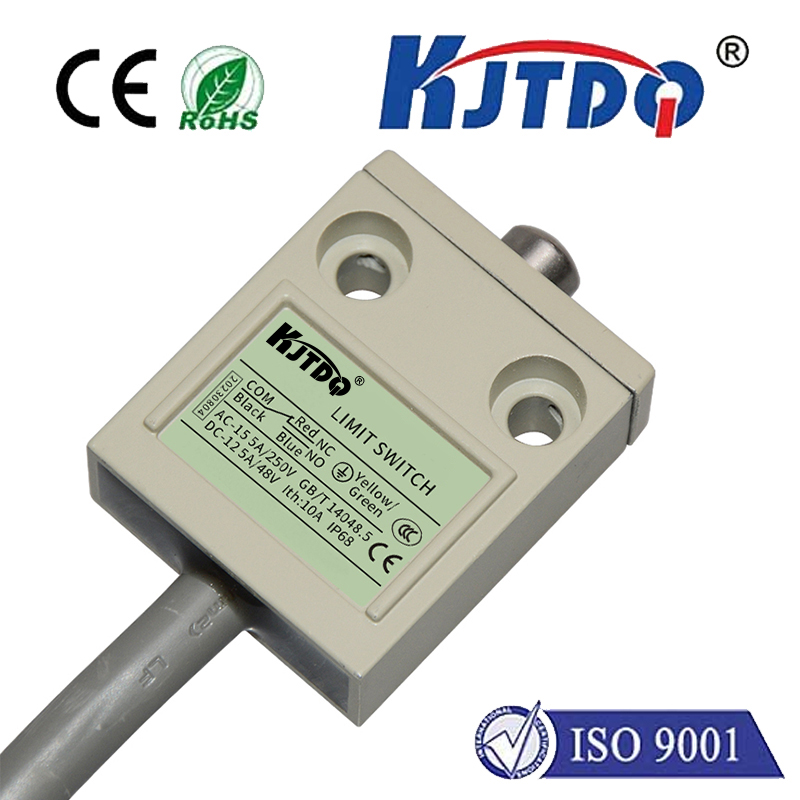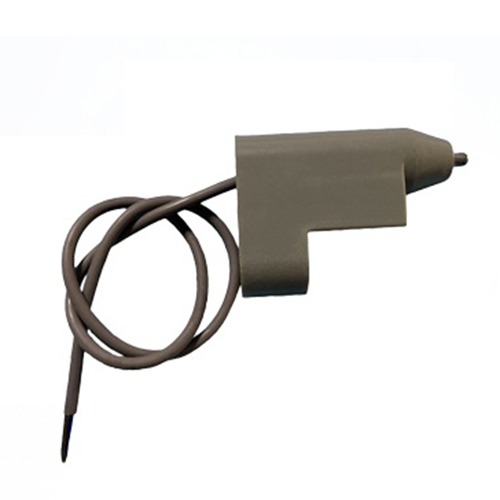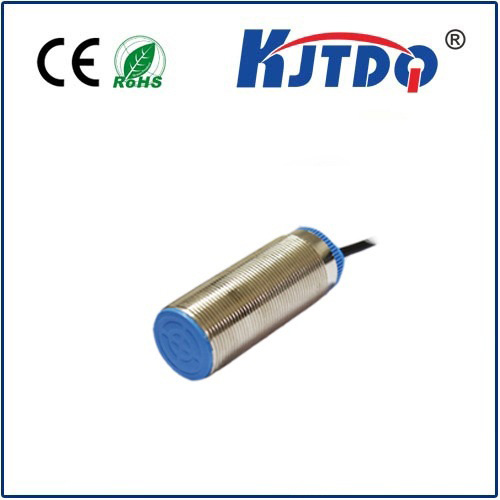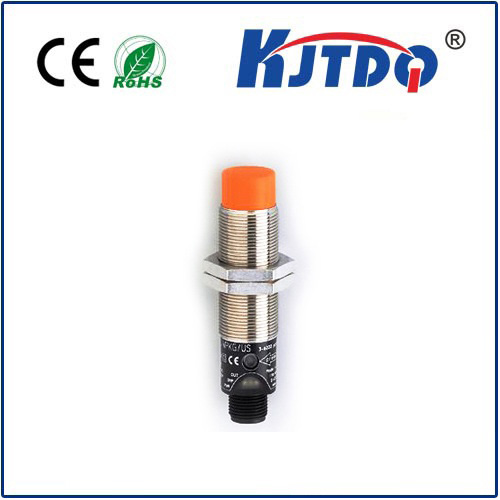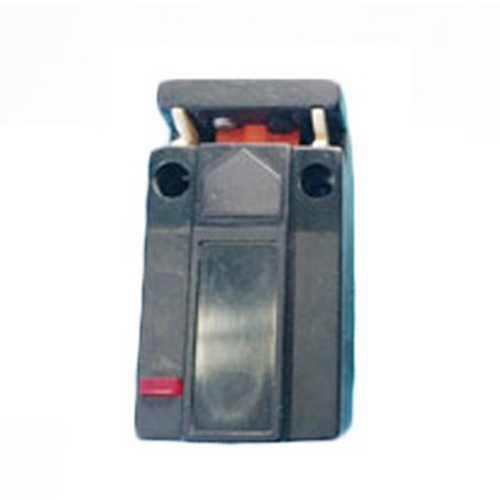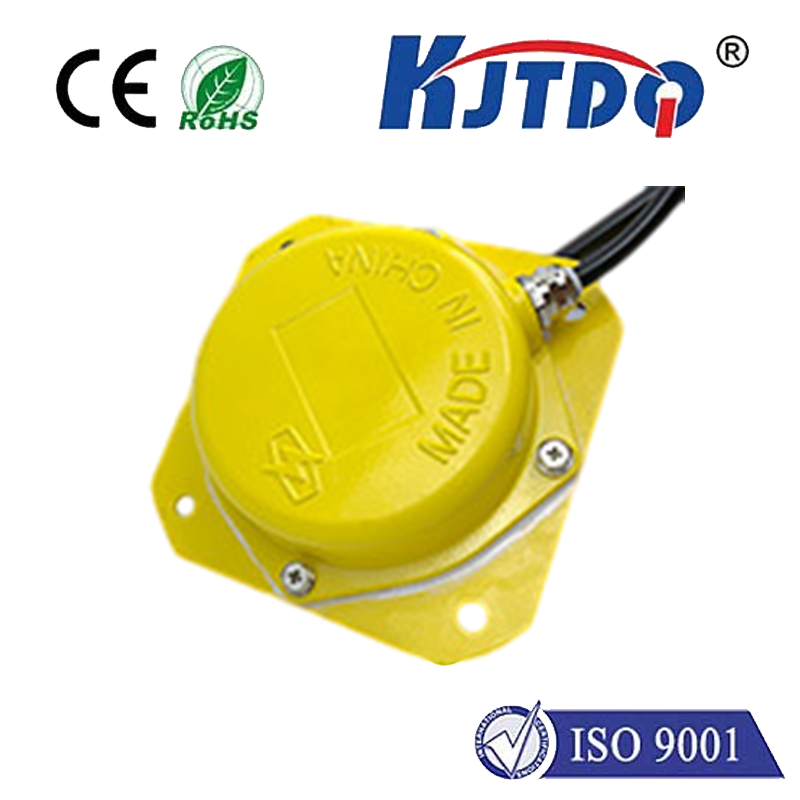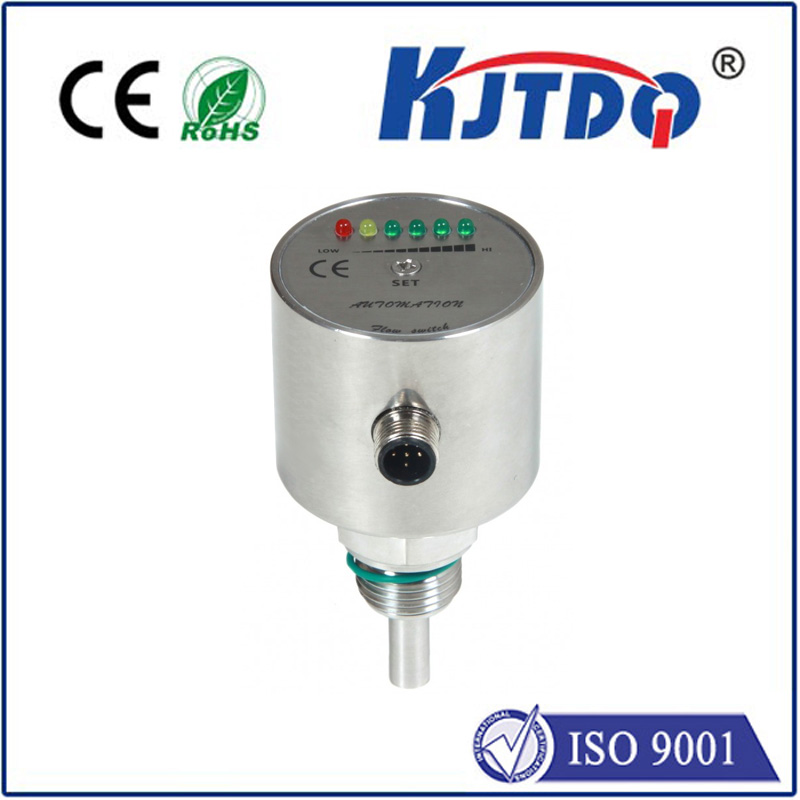

check

check

check

check
Imagine a world where elevators crashed violently at the top of their shafts, conveyors endlessly piled goods onto the floor, and machine tools operated blindly until grinding to a halt. This chaotic reality would persist without one crucial, often unseen component: the humble limit switch. Its deceptively simple function – to switch electrical circuits based on physical position – forms the bedrock of safety, precision, and automated sequencing in countless industrial and commercial applications. But how exactly do these devices “switch”? Understanding their fundamental operation reveals why they are indispensable.
The Core Principle: Converting Motion into a Signal
At its heart, a limit switch is an electro-mechanical device. Its primary job is to detect the presence or absence, or to determine the end-of-travel position, of a moving object or machine component. It accomplishes this by physically interacting with the target object via an actuator (like a plunger, roller lever, or whisker). This interaction triggers an internal switching mechanism to change the state of electrical contacts within the switch housing.
Think of it like a doorbell. When you press the button (the actuator), you switch the internal contacts, completing the circuit and causing the bell to ring. Similarly, a limit switch’s actuator gets pressed, rotated, or nudged by the target machine part. This mechanical force is the key input.
The Switching Mechanism: Inside the Black Box

While external actuators vary significantly based on application requirements, the core switching action inside most mechanical limit switches relies on a common principle: the snap-action mechanism. This ingenious design provides a critical feature known as positive opening or positive break.
This snap-action is vital. It ensures:
Beyond Mechanics: The Rise of Proximity
While traditional electromechanical snap-action switches dominate, modern automation heavily utilizes non-contact proximity limit switches. These operate on different principles – detecting the presence of a metal target via magnetic fields (Reed switches), electromagnetic induction (Inductive proximity sensors), or changes in capacitance (Capacitive sensors) – without physical contact.
However, the fundamental purpose remains the same: to switch an electrical output state (ON/OFF) based on the detected position or presence of an object. Instead of a mechanical actuator forcing a snap-action, these switches sense the target and electronically toggle a solid-state output (like a transistor) or an internal relay contact. The switching happens electronically, but the result is identical: a clean, reliable change in the signal sent to the control system.
Why This “Switching” Matters: Applications Galore
The ability to reliably switch based on physical position makes limit switches incredibly versatile:
The Unseen Sentinel: Reliability is Paramount
Whether utilizing the satisfying mechanical snap of a lever arm switch or the silent detection of a proximity sensor, the core function of switching an electrical state based on position is critical. The reliability of this switching action directly impacts:
Choosing the right type of limit switch – considering factors like actuator style (lever, plunger, roller, fork), electrical rating (voltage/current), environmental protection (IP rating), contact configuration (NO/NC), and switching principle (mechanical, inductive, capacitive, optical) – is essential for the switching action to be consistently reliable under specific operating conditions. They are the silent sentinels, reliably switching signals to keep our automated world moving safely, precisely, and efficiently. Their deceptively simple function is the foundation upon which complex automation and essential safety systems are built.
